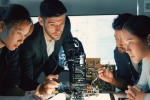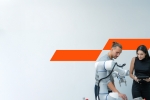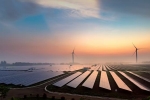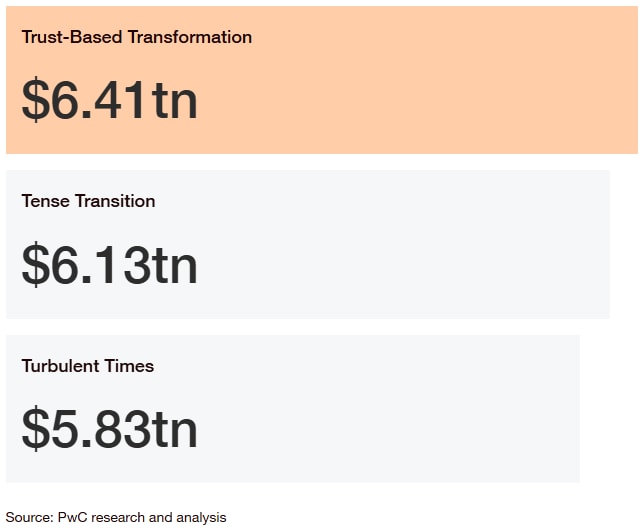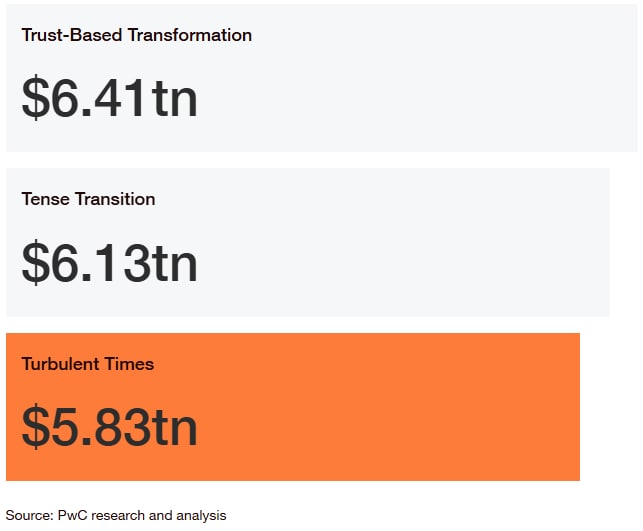To meet customers’ needs for safe, efficient, affordable transportation, mobility players are tapping into clean tech and digital solutions.
How we move
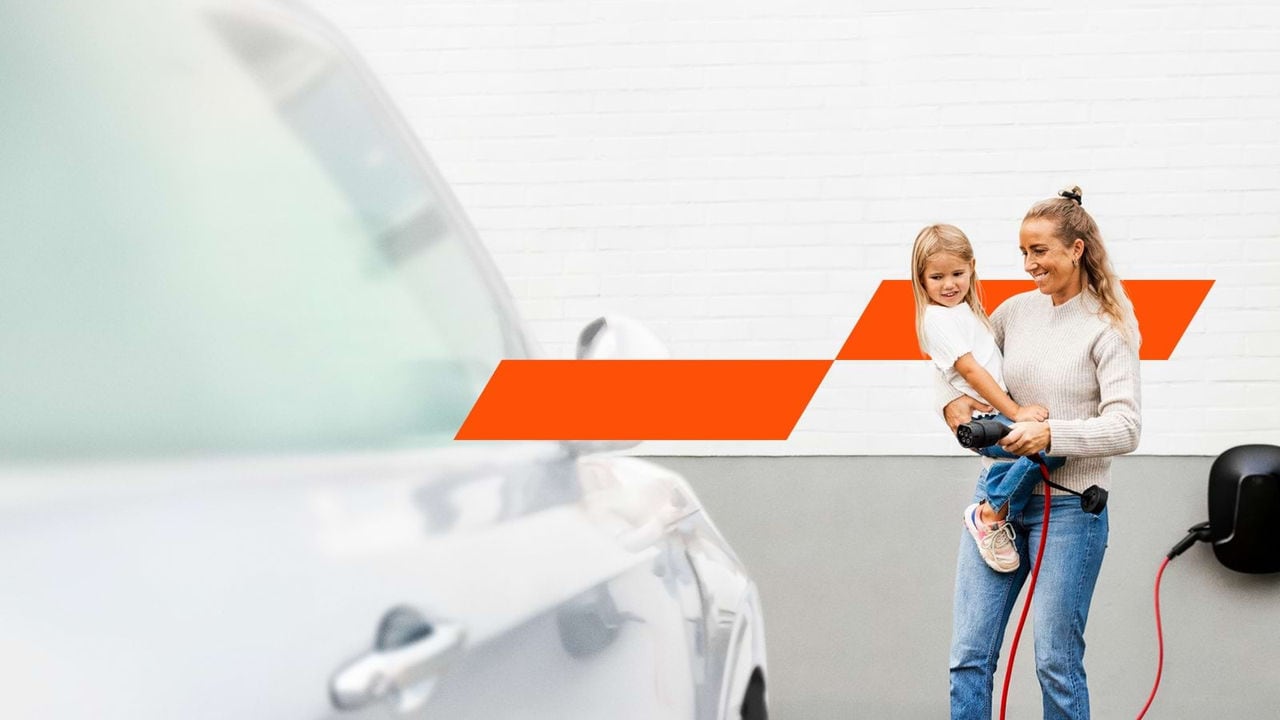
Megatrends are forming a clean, connected domain around how we move
The way we move goods and people around cities, nations and the planet depends on enterprises in many sectors. Consider the array of businesses involved in supplying cars: mining companies, parts makers, auto OEMs, logistics companies, banks. Although these enterprises work together, they largely specialise in segments of the automotive value chain.


Now, megatrends like AI adoption and climate change are pushing companies that serve road, rail, air and sea transport to redevelop their value chains. Non-industry players, like tech companies, await them as potential competitors—or collaborators—in this new world. As these efforts fundamentally reconfigure traditional sectors, a domain of growth is forming around how people and goods move. The range of activities and businesses involved in the Move domain extends well beyond the scope of any single industry. In a baseline scenario for economic growth, we project that the Move domain will contribute $5.86 trillion to global GDP in 2035.
Driving Dutch innovation and impact
The Move domain is at the heart of transformation in the Netherlands, shaping the way goods and people move across cities, regions, and borders. With a strong foundation in logistics, automotive, and transportation, Dutch businesses are uniquely positioned to lead the charge in reinventing mobility. From the global gateway of the Port of Rotterdam to the advanced infrastructure of Schiphol Airport, our nation’s economy thrives on smart, efficient movement.
As electrification accelerates, Dutch manufacturers in heavy-duty vehicles, cycling subsectors and luxury yachts are rising to the challenge. They are reimagining their operations to align with sustainability goals while pioneering innovation in business models and technology. Whether it's transitioning to clean tech or building the future of mobility, the Netherlands remains a fertile ground for progress and collaboration.

"Mobility is changing at lightning speed due to new and clean technologies, digital innovation, and smart ecosystems. AI is accelerating this transformation, and tech companies are emerging as either new partners or competitors. In this dynamic environment, we help you move forward."
Capturing the value in the decade ahead
Businesses that grasp the full potential of the Move domain will have the edge in 2035.
The extent of that growth will depend on how megatrends play out.
To obtain a quantitative picture of what the Move domain might look like in 2035, we modelled the potential global economic impact of two of the most pressing megatrends: technological disruption (specifically disruption from AI) and climate change. The result is three divergent scenarios, corresponding to a range of outcomes, from a low of $5.83 trillion to a high of $6.41 trillion.

Sizing the Move opportunity
The nature and scale of the new business opportunities that emerge in the Move domain will depend on how AI adoption and climate action progress. Your strategy should account for a range of possible outcomes. Three scenarios can help leaders in the Move domain consider what the future might bring.
Learn more about the three divergent tomorrows
To reinvent for multiple tomorrows, take action today
The process of reinvention needs to start now, with a focus on priorities that respond to the reconfiguration that’s already underway. This means driving hard towards a set of innovation imperatives, securing competitive advantages in areas such as technology and trust, and turning obstacles such as climate threats into enablers of growth.
How to win in the Move domain
Explore all new domains
Select from the nine domains below to learn how they are forming, the size of the opportunity and how to seize the value in motion.
Contact us








